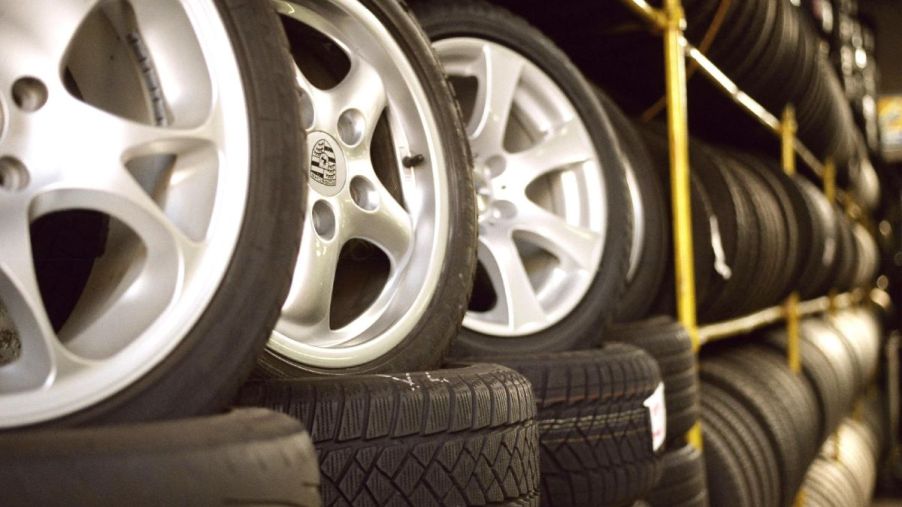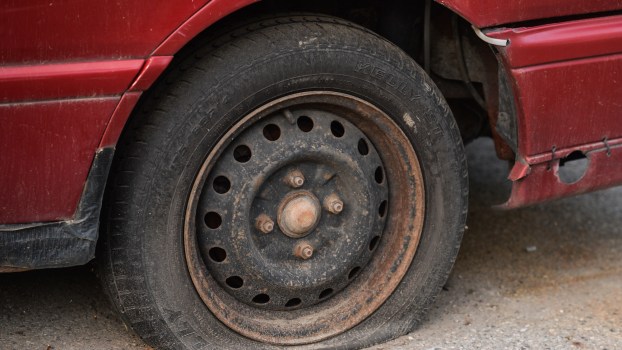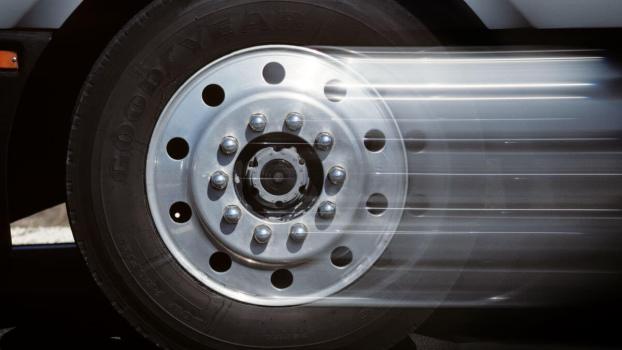
What Kind of Damage Can Hitting a Curb Cause?
Most of us know how it feels to curb a tire while driving. We misjudge a turn, pull too far into a parking spot, or don’t see a curb along the side of the road. While hitting a curb may not seem like a big deal, it can actually be one of the worst things you can do to your wheels. The impact can mess with the vehicle’s suspension and cause unforeseen maintenance problems down the road.
Fortunately, damage from hitting a curb or pothole is sometimes inconsequential, and you can chalk the whole experience up to an unfortunate event. However, it can still be an issue worth knowing about to prevent risk in the future and treat any hidden damage.
Significant damage can occur to tires and wheels
After hitting a curb, you may get out of the vehicle to assess the damage and notice scuff marks on the tires. While it may appear insignificant, it could indicate future problems with uneven tire wear or sidewall damage.
Tires and wheels take the brunt of the force when hitting a curb. When inspecting the tires, look for obvious signs of structural damage to the wheel and rim. Look for gashes or bubbles that could lead to a dangerous blowout down the road. While minor scuffs are likely superficial, significant dents or a bent rim could indicate a cracked wheel that needs immediate replacement.
Hitting a curb at a slow speed can damage the alignment, even if you are only going 5 to 10 mph. If the steering wheel pulls to one side and it is hard to operate the vehicle, you need a qualified service technician to check your alignment. Left undetected, you may experience unsafe driving conditions.
Hitting a curb can damage your car’s suspension system
The suspension on a vehicle is a complex system consisting of control arms, tie rods, spindles, steering knuckles, and a thrust arm. All these parts work in unison to keep the car moving straight on the road.
The suspension system components are flexible but can easily bend beyond repair depending on the severity of the impact. Damage to any of these parts can result in difficult handling conditions, making driving hard. WheelMD points out that the faster you are driving, the higher the risk and severity of the damage that can occur to your vehicle.
A sure sign of suspension damage is bouncing. Going over speed bumps or uneven pavement can cause uncontrollable bouncing because of a damaged suspension system.
If the steering angle is altered after hitting a curb, not only will it be hard to drive, but it becomes a significant safety issue in a hurry. The ABS and electronic stability control will likely deactivate and require immediate repair.
What to do if you think your car is damaged by hitting a curb
If you believe your vehicle has sustained damage from hitting a curb, go to your nearest repair shop for a thorough inspection. A certified mechanic will first inspect the tires and wheels for any signs of damage. They will then look at the wheel bearings and springs to see if they were crushed upon impact and need to be replaced.
Another common issue after hitting a curb is a broken strut or a tie rod stabilizer that snaps when hit. The lower control arm can also pull away from the subframe, wreaking havoc on the vehicle’s alignment. McCarthy Collision Centers recommends not ignoring car damage caused by hitting a curb, saying, “Problems won’t fix themselves, and often they’ll lead to more issues and even higher collision repair costs down the line.”
If your car is working fine, you probably are in the clear. However, if you are experiencing any of the above problems or are in doubt, take the safe route and get your car checked out immediately for peace of mind.




